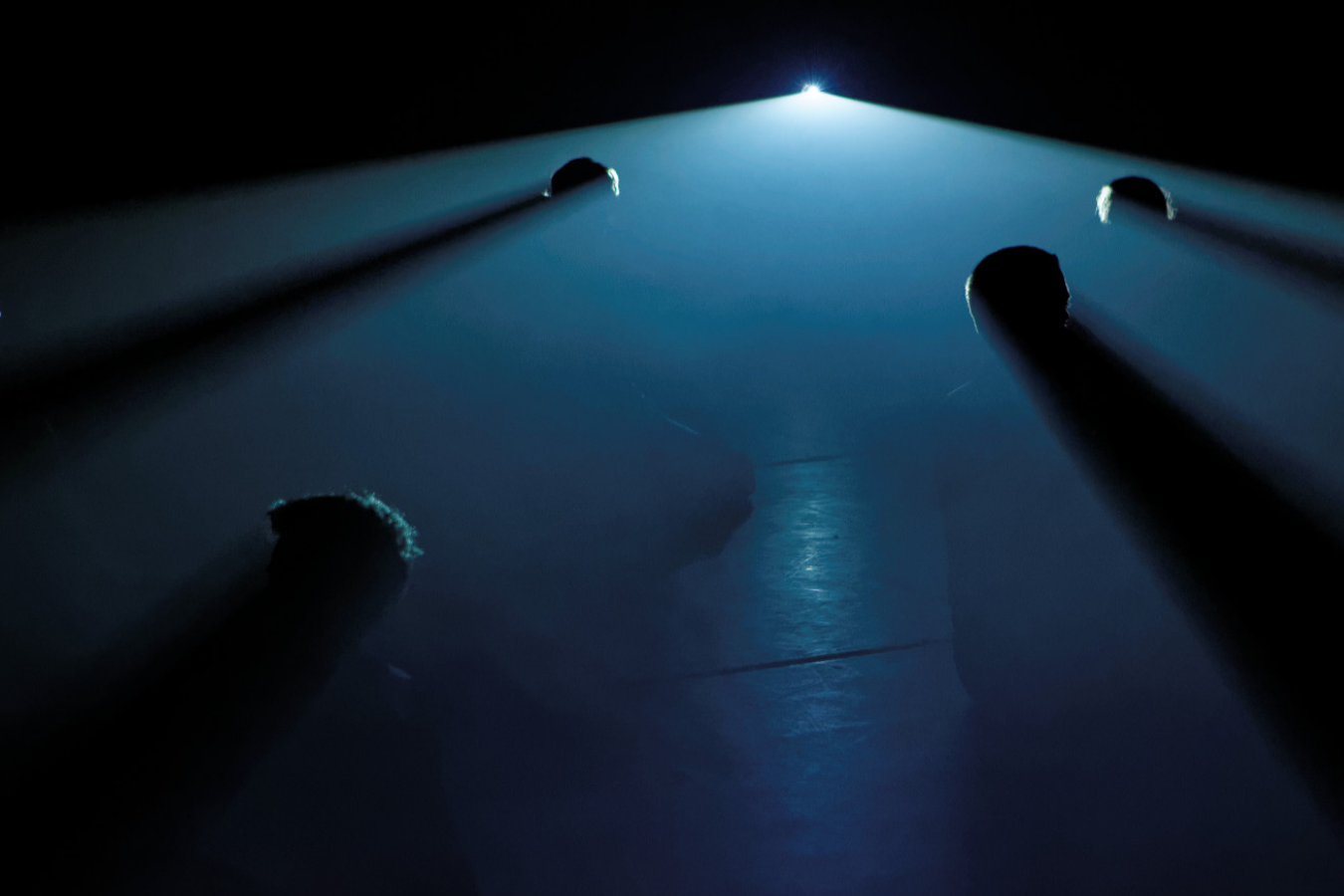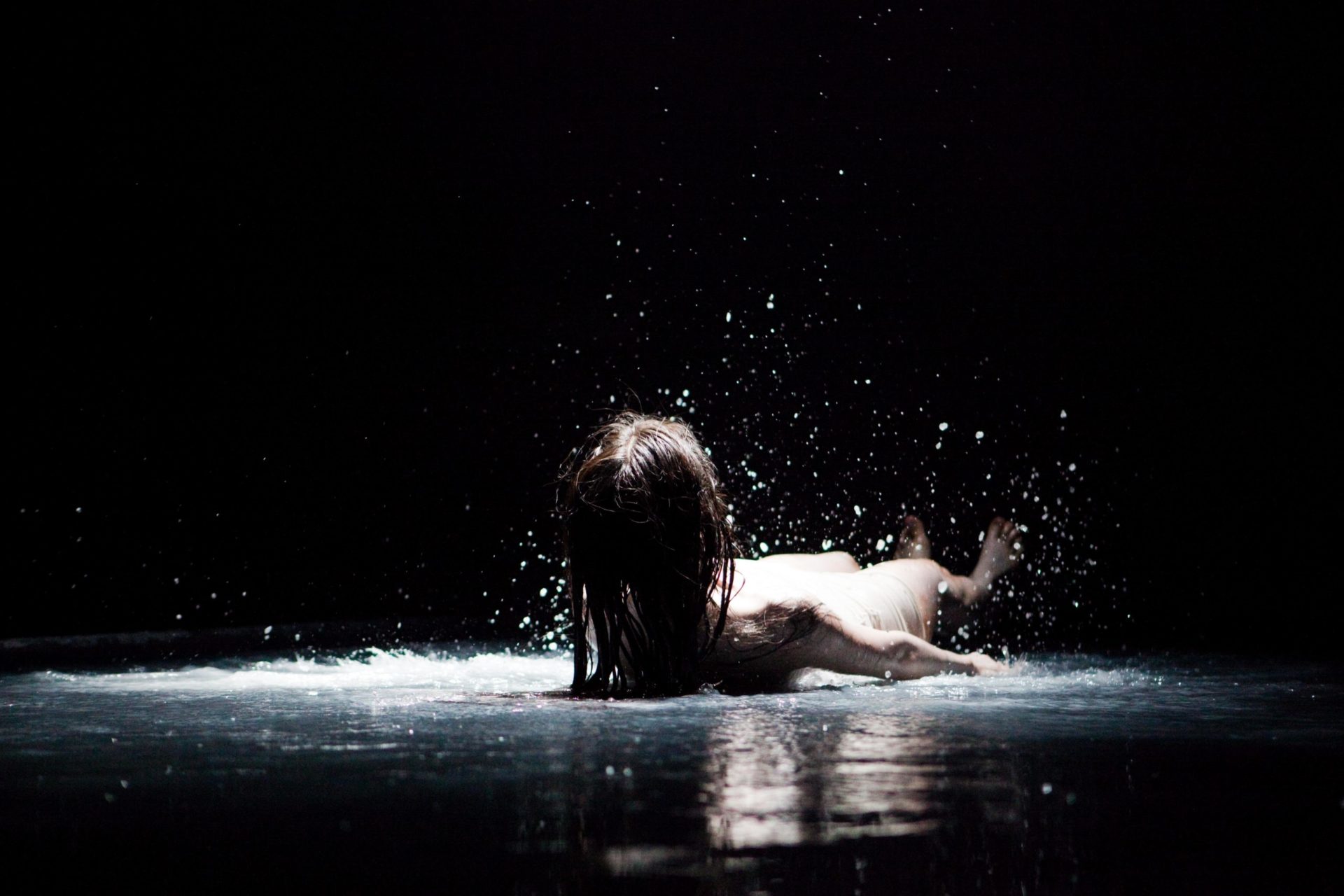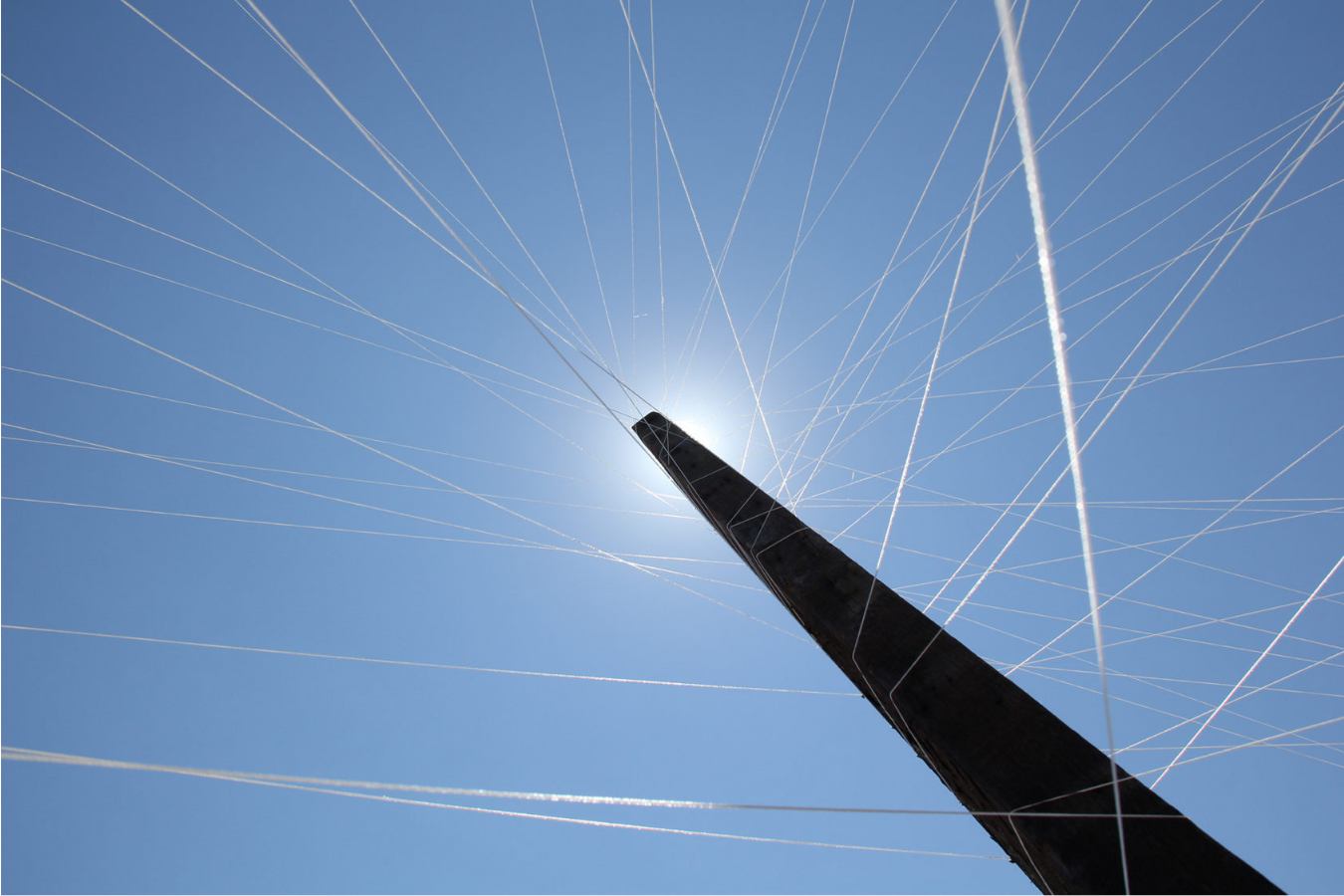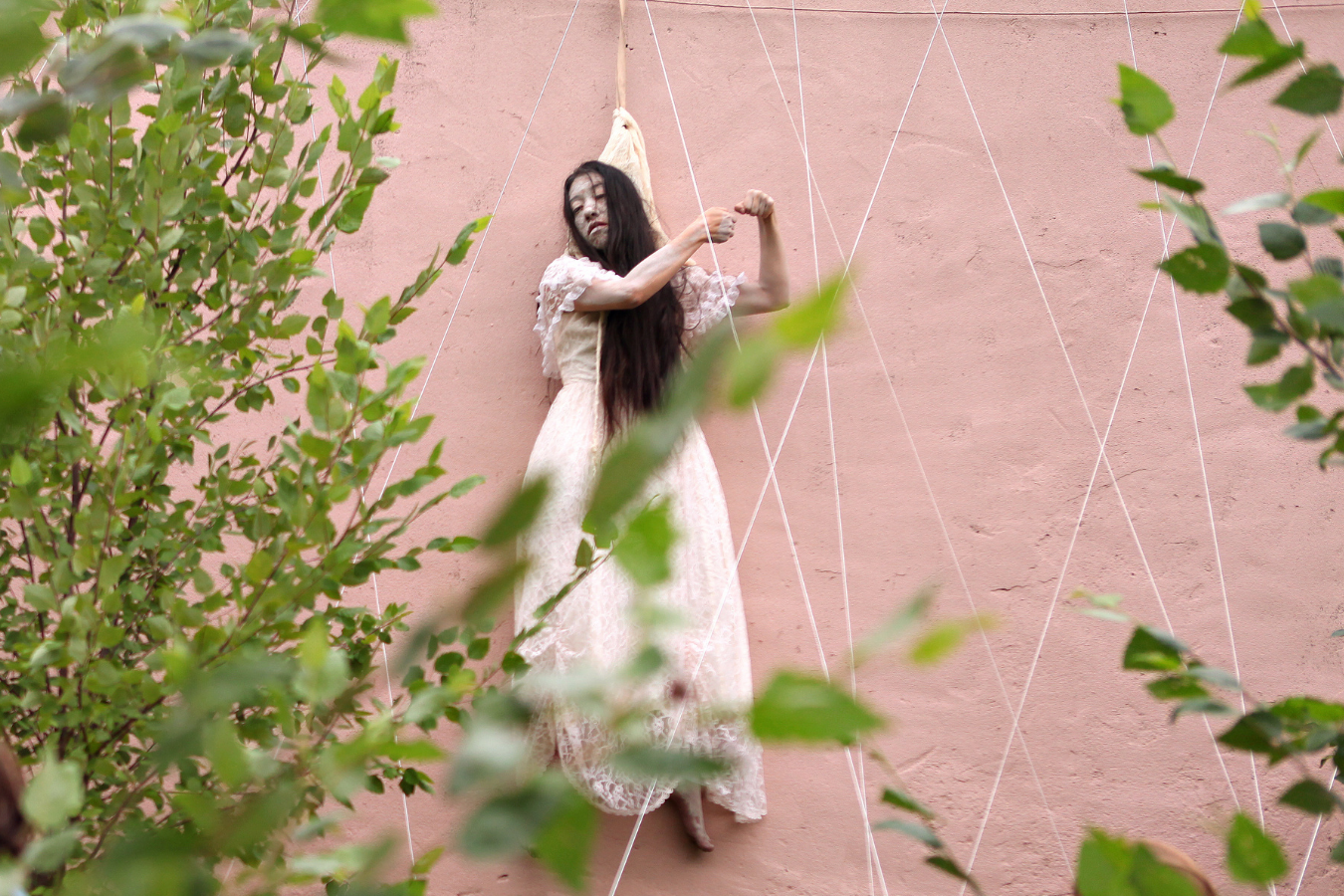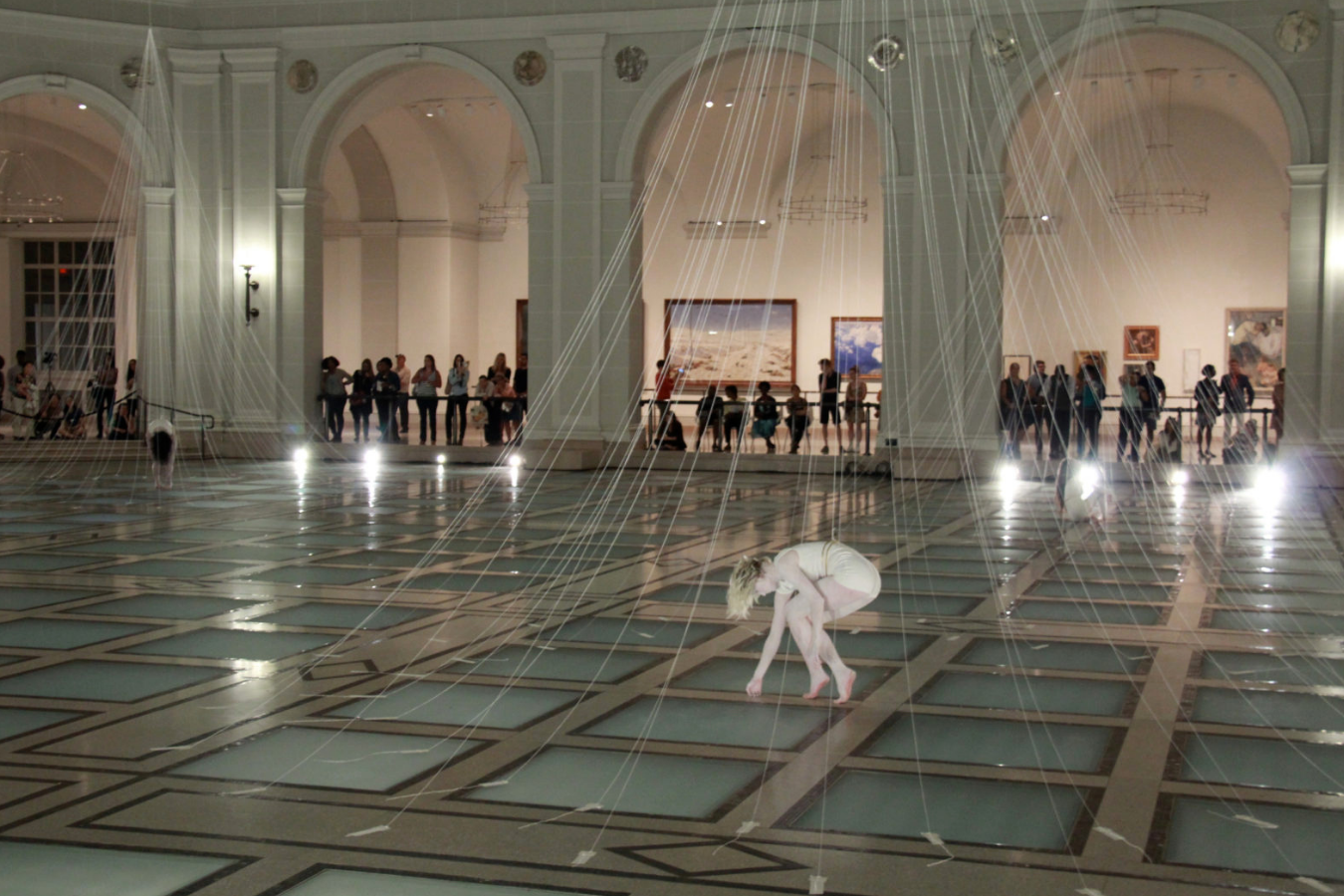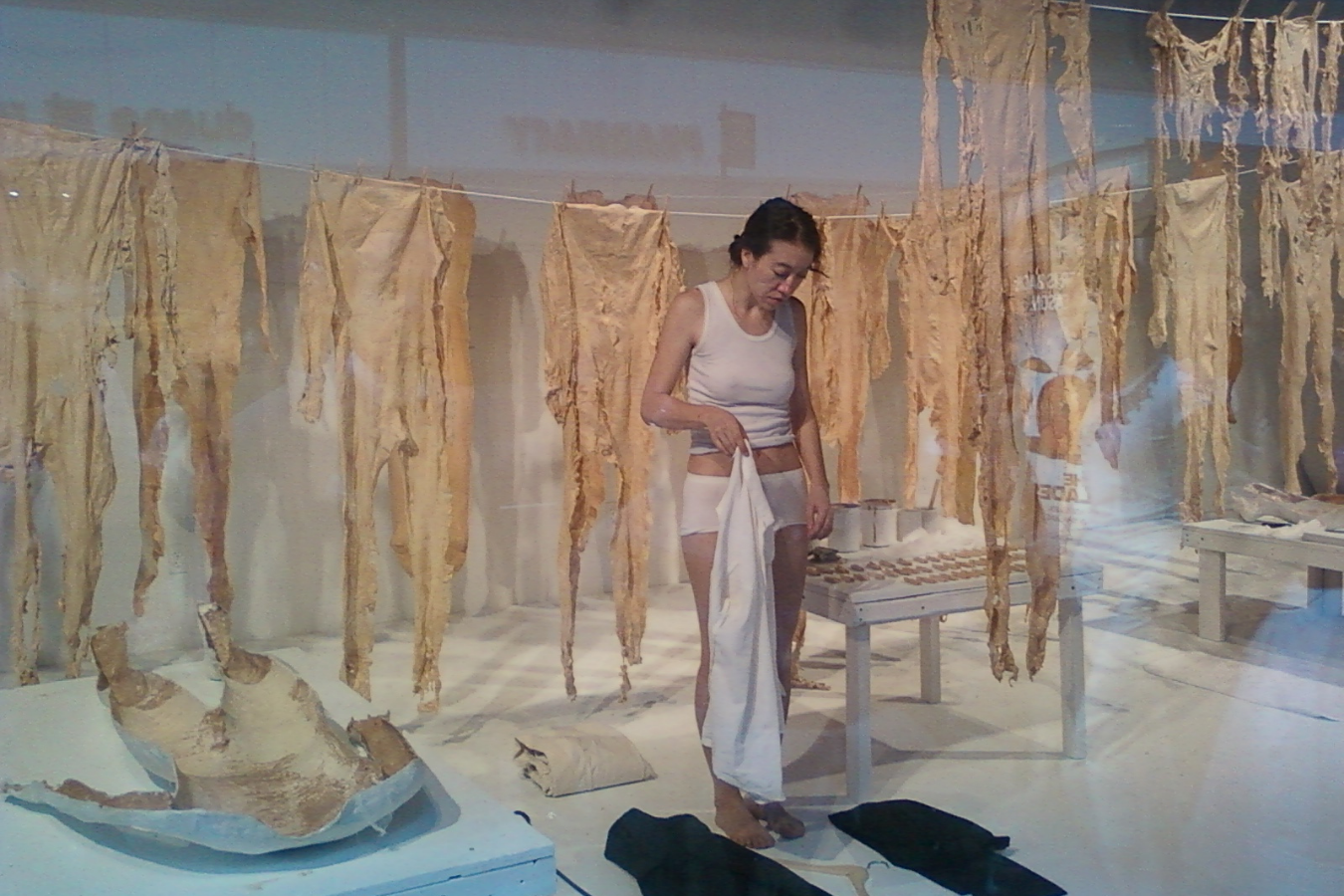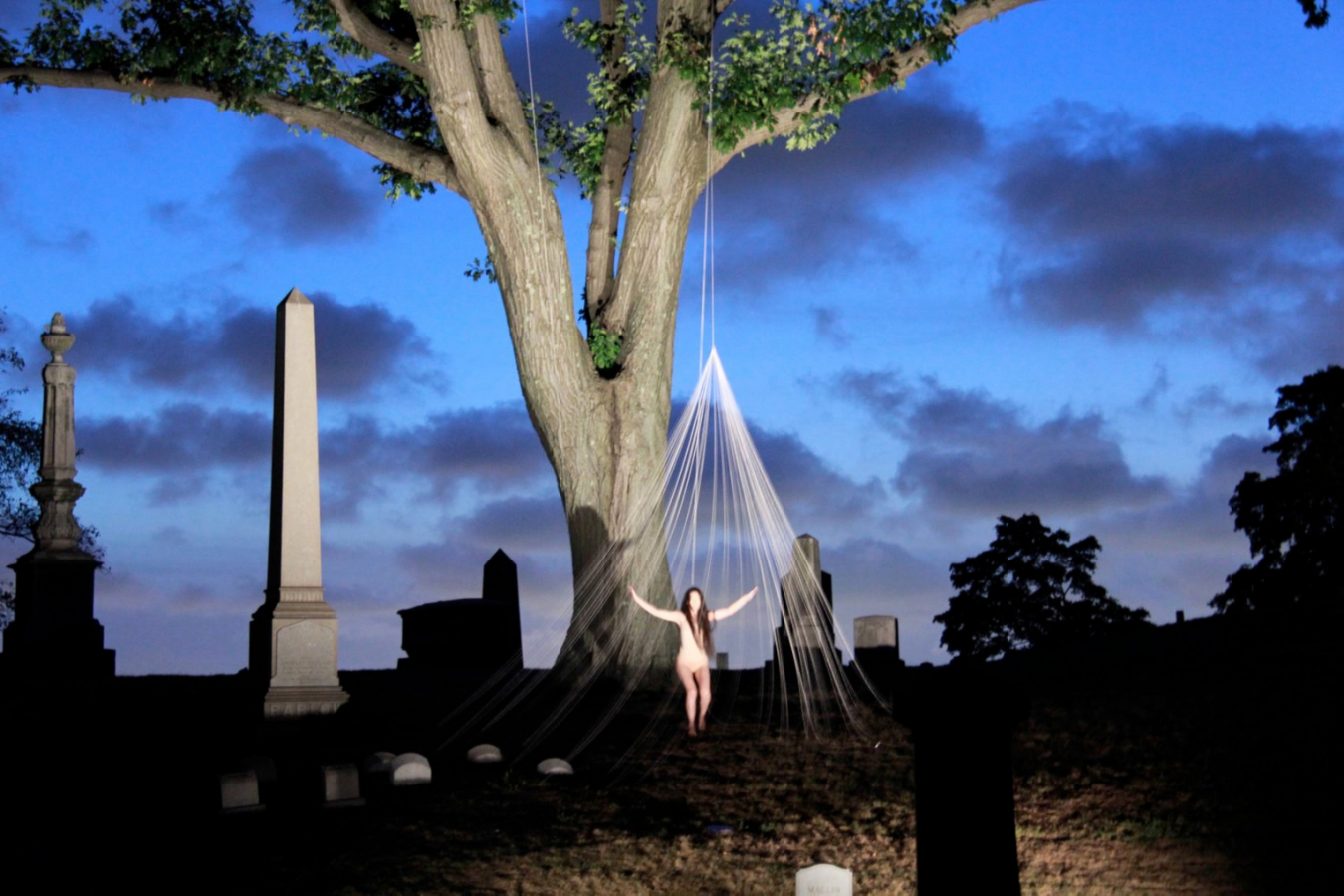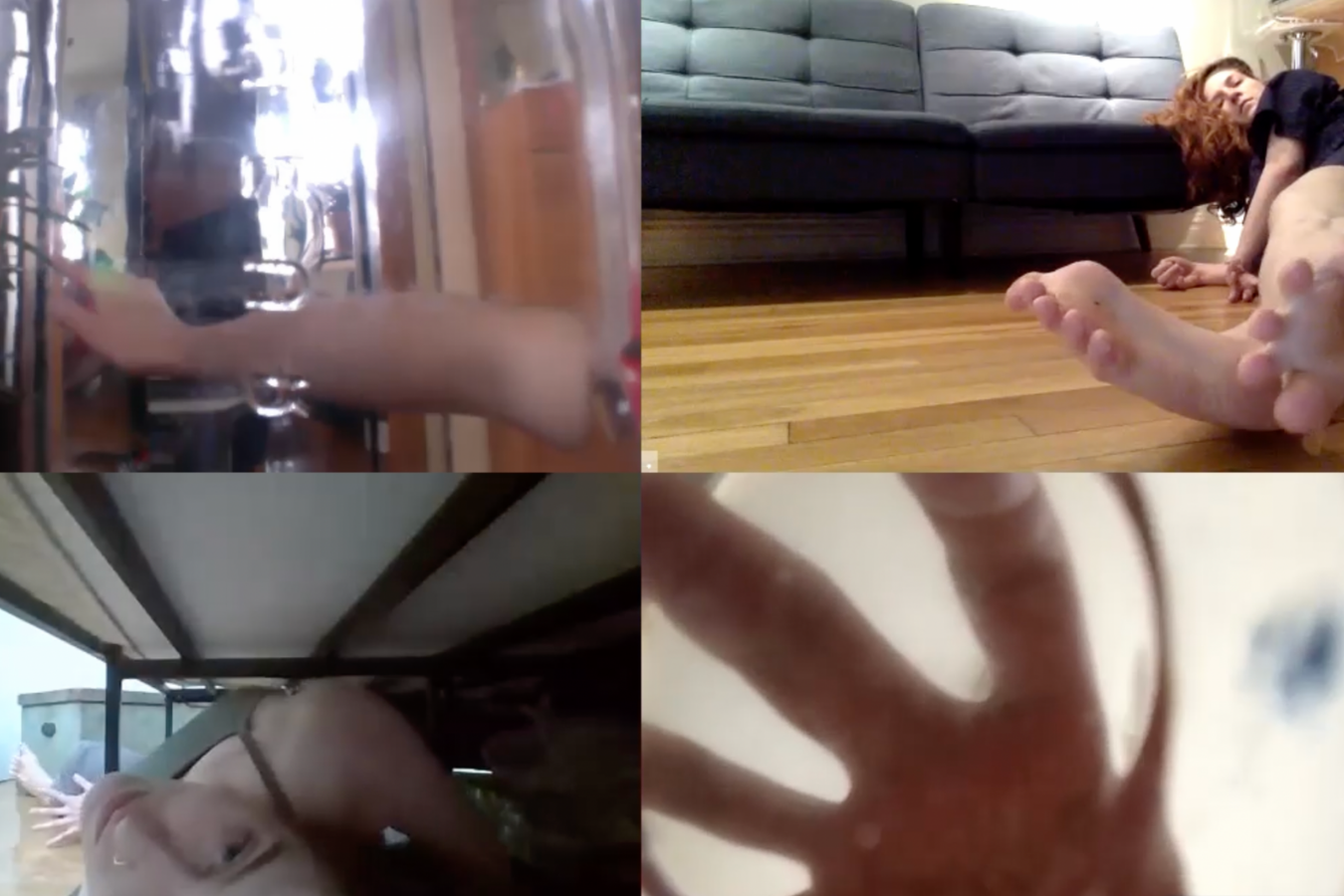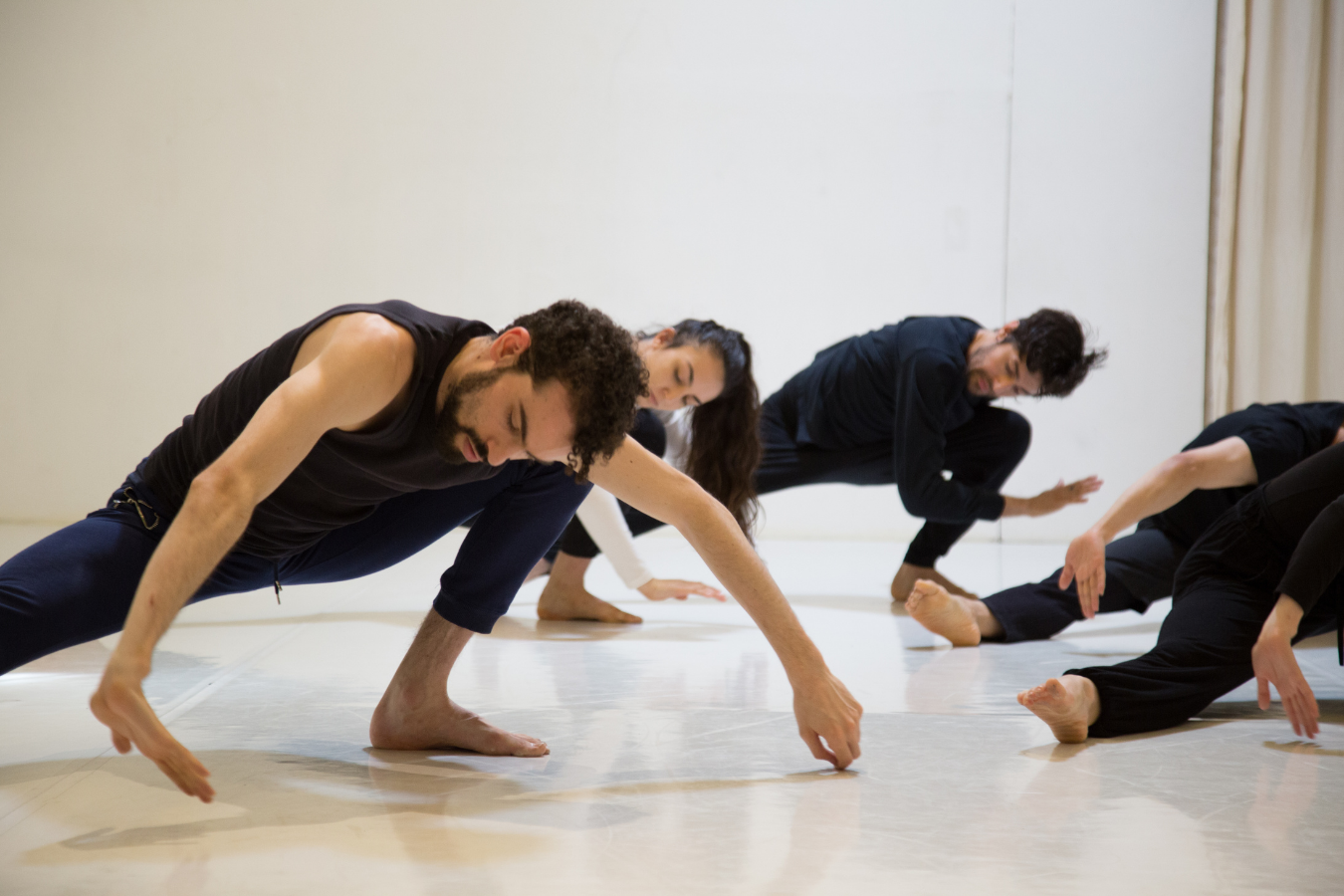XIMENA GARNICA & SHIGE MORIYA
Ximena Garnica (Colombian-born) and Shige Moriya (Japanese-born) are an artist duo who have worked together for over two decades as multidisciplinary artists, choreographers, co-artistic-directors, and artistic instigators at their live-work art space, CAVE, in the area currently known as Williamsburg, Brooklyn in New York City. Ximena and Shige lead the LEIMAY Ensemble, a group of national and international dancers who create body-centered works around the principle of LUDUS, a practice that explores methods to physically condition the body and develop a sensitivity to the “in-between space.”
Ximena and Shige are immigrant artists. Ximena grew up as an actor and holds a degree in theater direction/dance. Shige grew up in a family of visual artists and attended architecture school. Ximena and Shige worked together to found LEIMAY (incorporated in 2003) as young undocumented immigrants who were passionate about creating a space for art to exist amongst the barriers and challenges they felt as new residents of NYC.
Their collaborative works include performance, sculptural, video, mixed-media, and light installations as well as photography, training projects, stage performances and publications.
LEIMAY’s works have been presented at venues such as BAM Fisher, The Brooklyn Museum, Japan Society, Watermill Center, and Asian Museum of San Francisco, as well as internationally in Japan, Spain, France, the Netherlands, Mexico and Colombia. LEIMAY has received continued support from NEA, NYSCA and DCLA, among other private foundations. They’ve maintained collaborations with renowned artists (Robert Wilson and Ko Murobushi) and were nominated for Alpert and US Artists Awards. LEIMAY’s work has been reviewed in The New York Times, Theater Drama Review (TDR), The New Yorker, and Hyperallergic, among others. Ximena received the Van Lier Fellowship for extraordinary stage directors, and was recently a Distinguished Visiting Professor at the University of California Riverside.
The word LEIMAY is a Japanese term symbolizing the changing moment between darkness and the light of dawn, or the transition between one era and another.
ART-OBJECTS
DANCE, THEATER, OPERA
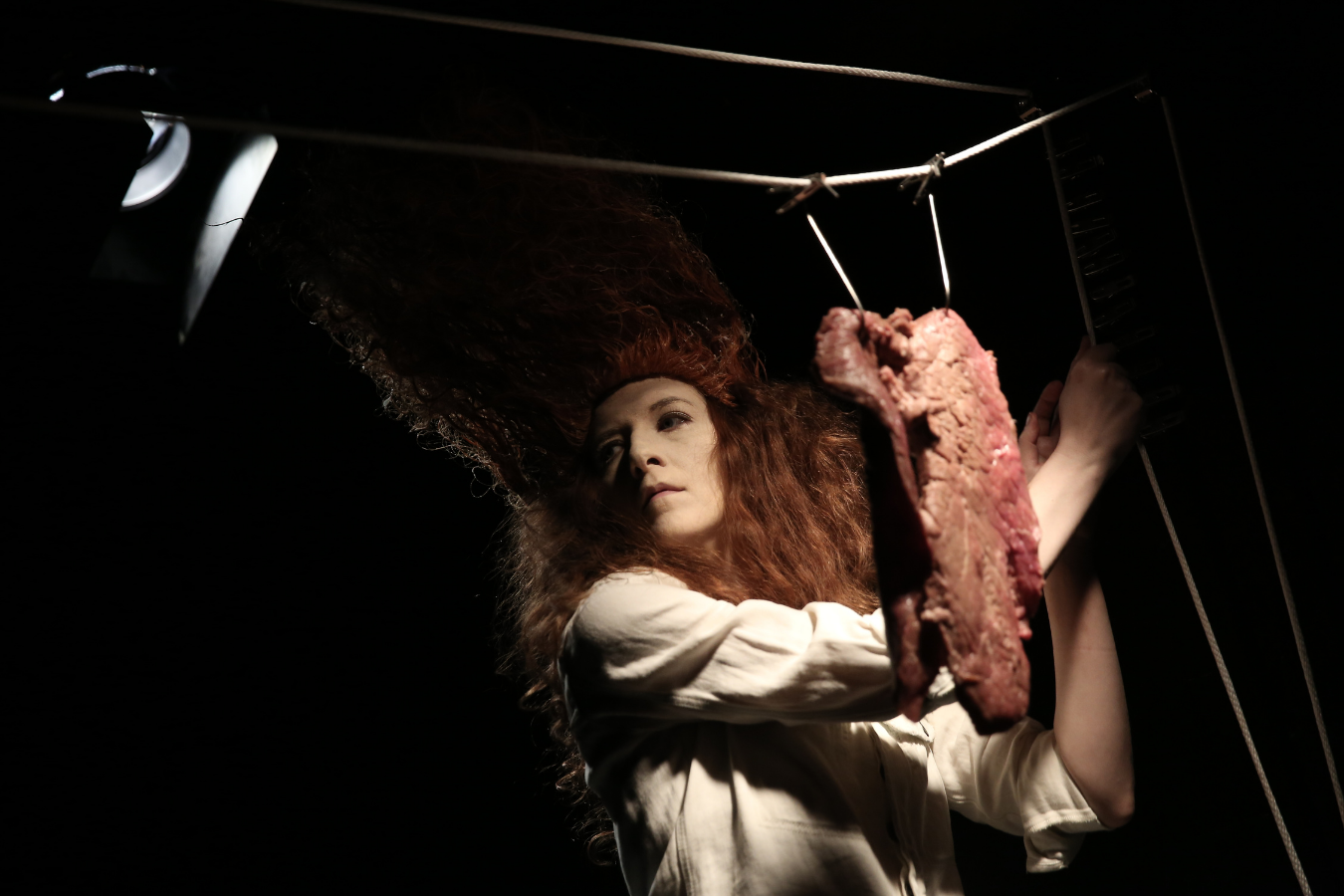
Wearable Sculptures & Usable Art
Wearable Sculptures & Usable Art
Wearable Sculptures & Usable Art
ART INSTALLATIONS
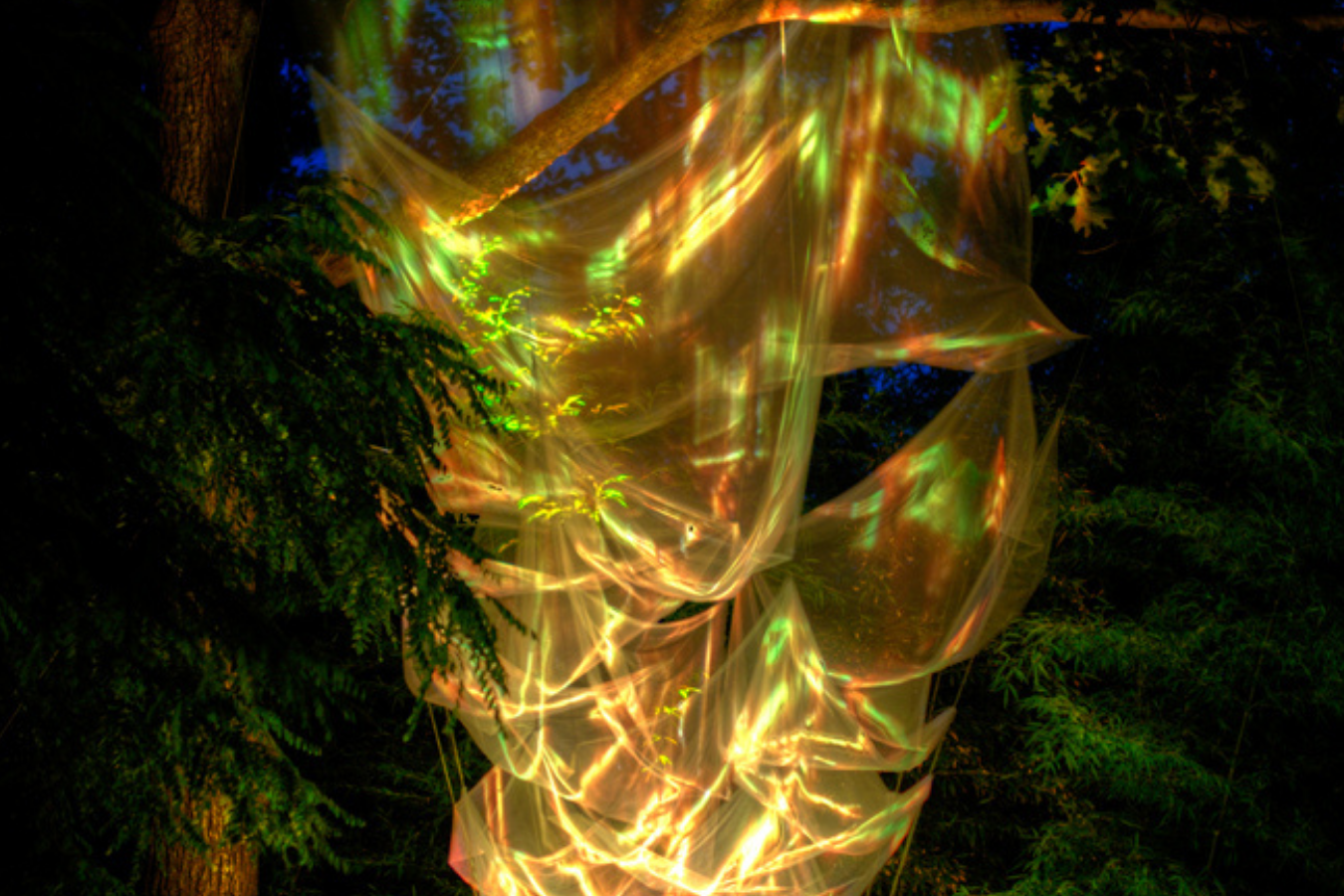
Wearable Sculptures & Usable Art
Wearable Sculptures & Usable Art
Wearable Sculptures & Usable Art
INSTALLATION-PERFORMANCES
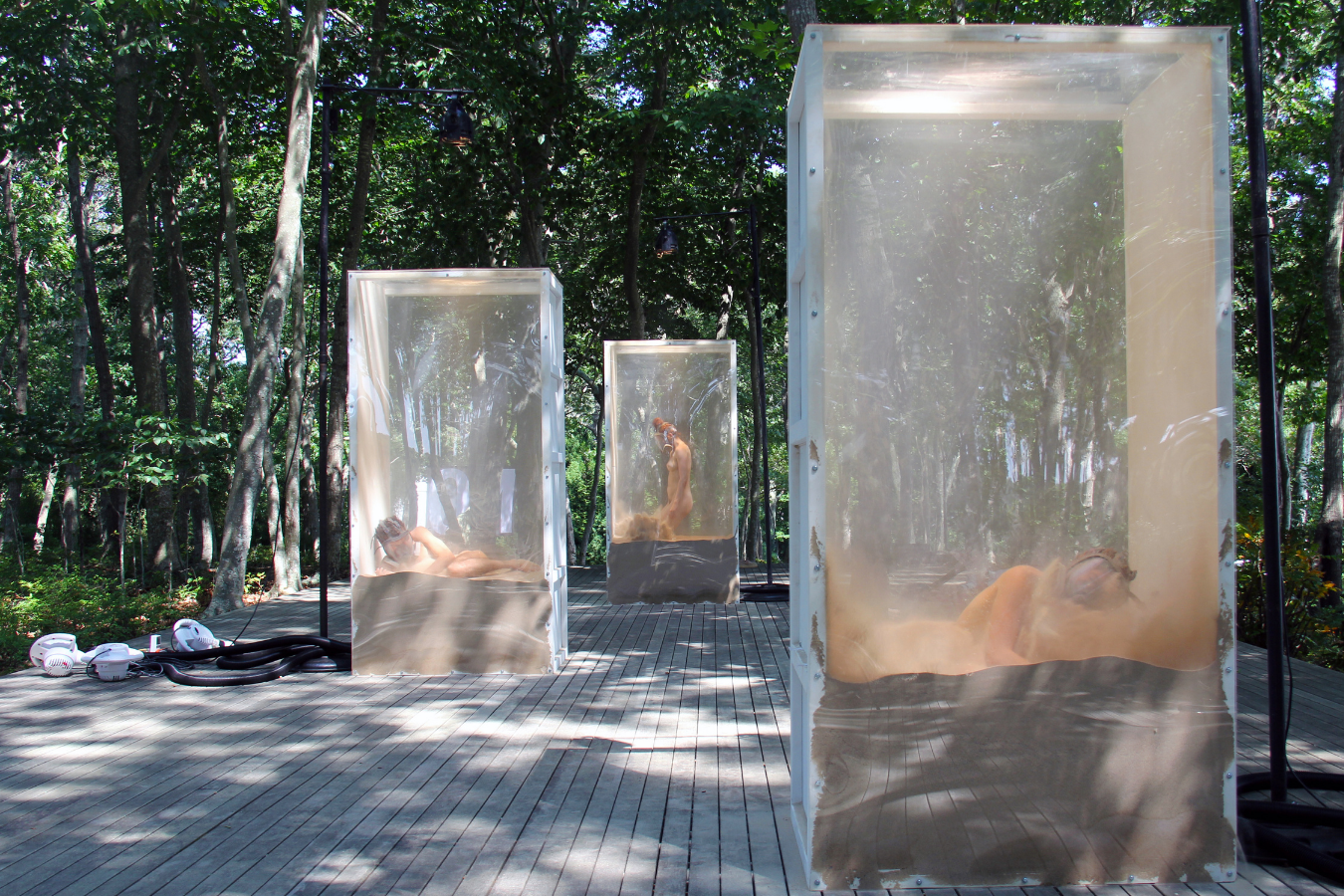
Wearable Sculptures & Usable Art
Wearable Sculptures & Usable Art
Wearable Sculptures & Usable Art
PHOTOGRAPHIES, BOOKS, PUBLICATIONS
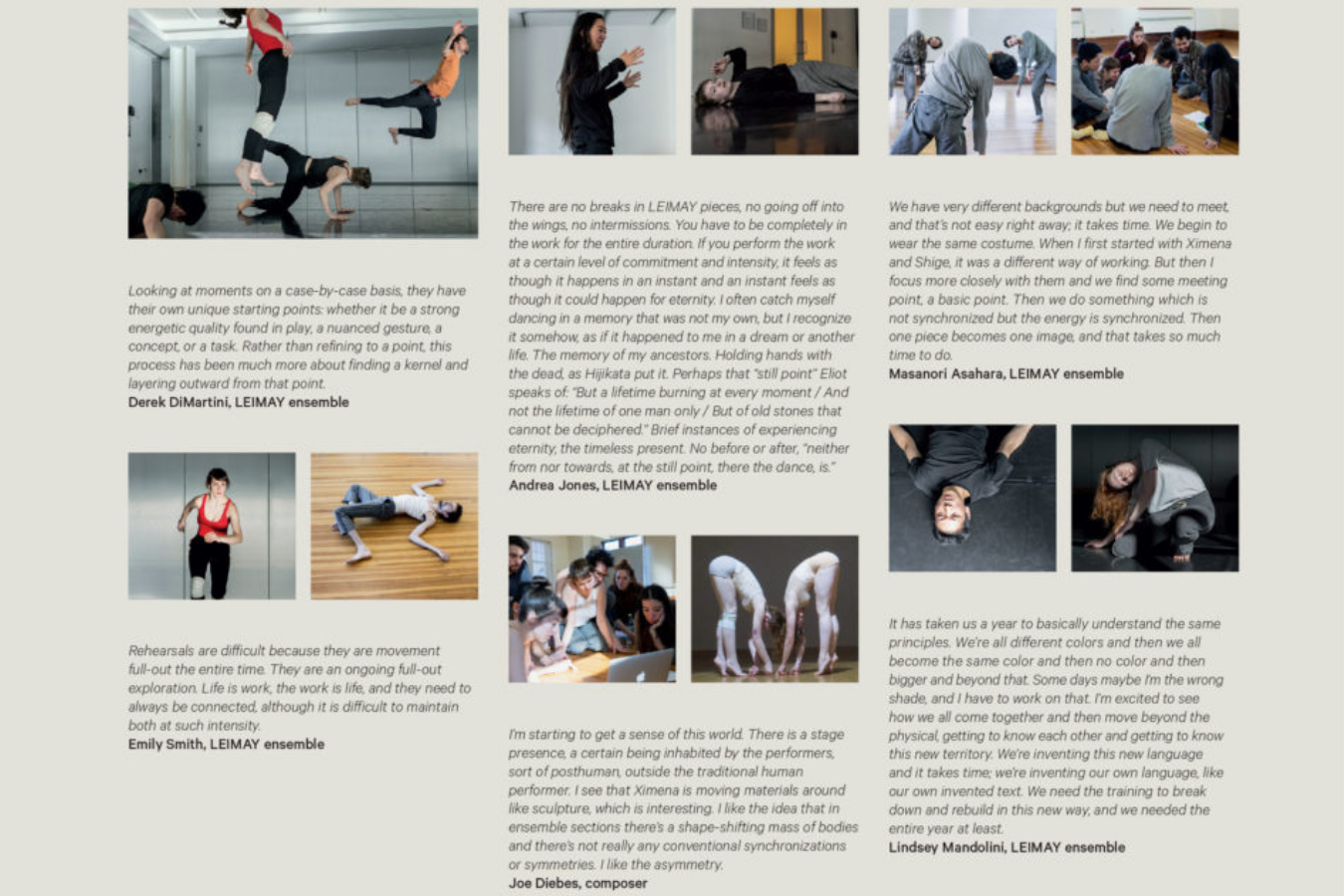
Wearable Sculptures & Usable Art
Wearable Sculptures & Usable Art
Wearable Sculptures & Usable Art
FILMS, VIDEOS, VINYLS

FILMS, VIDEOS, VYNILS
WEARABLE SCULPTURES, USABLE ART

Wearable Sculptures & Usable Art
Wearable Sculptures & Usable Art
Wearable Sculptures & Usable Art
MATERIALS AND SPACES
PLAZAS & SQUARES
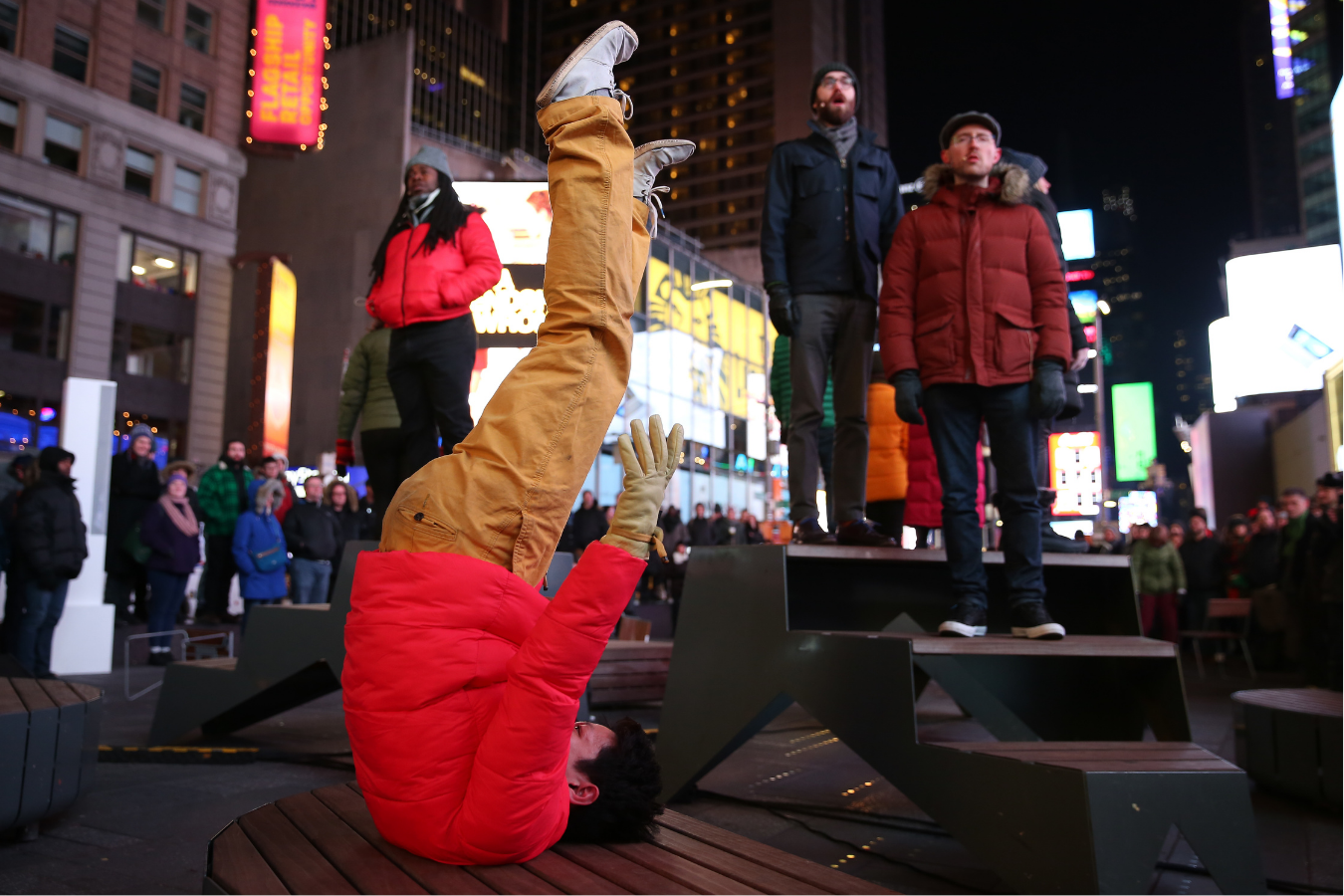
Wearable Sculptures & Usable Art
Wearable Sculptures & Usable Art
Wearable Sculptures & Usable Art
THEATERS

Wearable Sculptures & Usable Art
Wearable Sculptures & Usable Art
Wearable Sculptures & Usable Art
OTHER 2-D SPACES
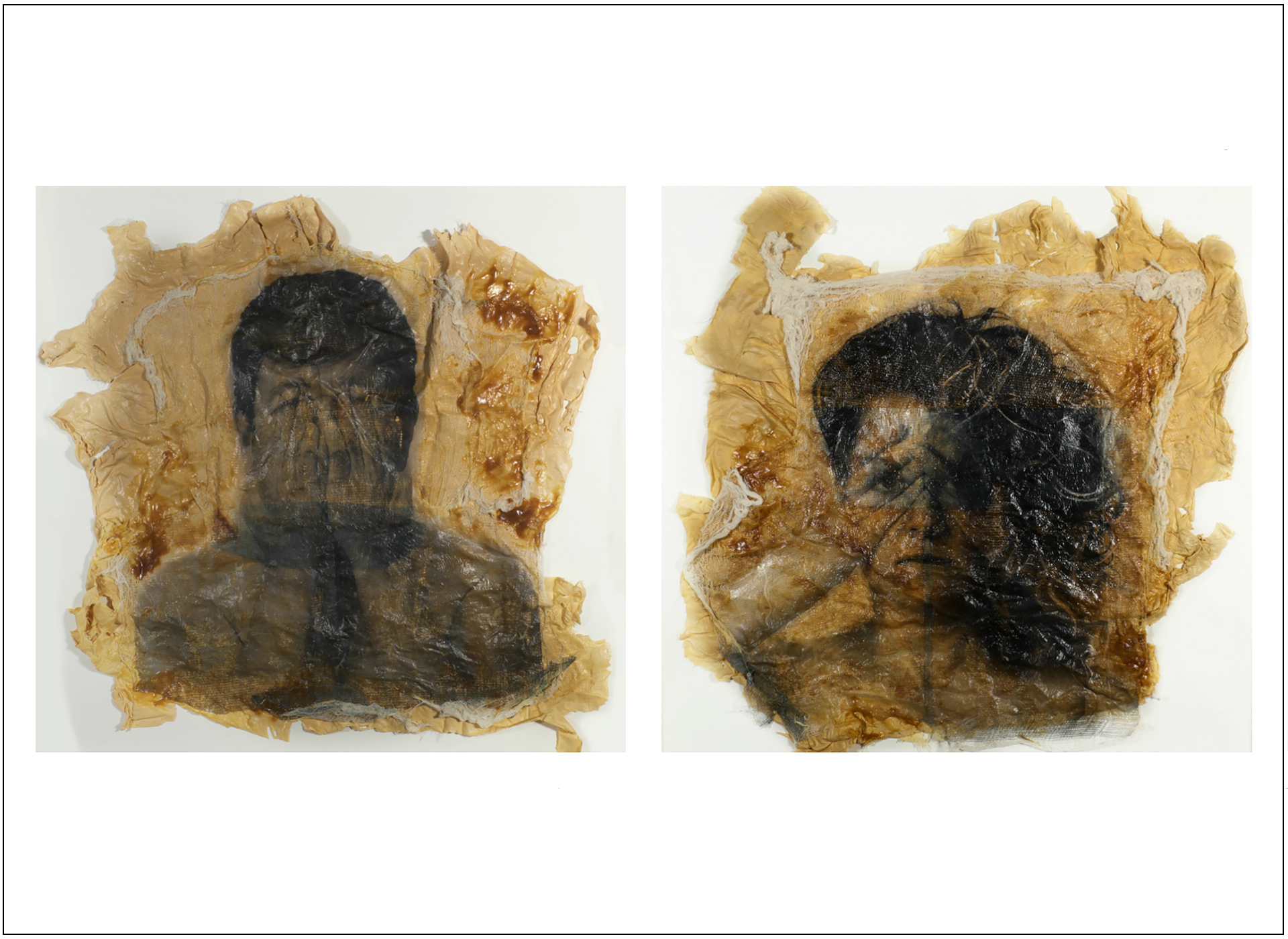
Wearable Sculptures & Usable Art
Wearable Sculptures & Usable Art
Wearable Sculptures & Usable Art
EMBODY PRACTICE
LUDUS
WITH UNIVERSITY STUDENTS
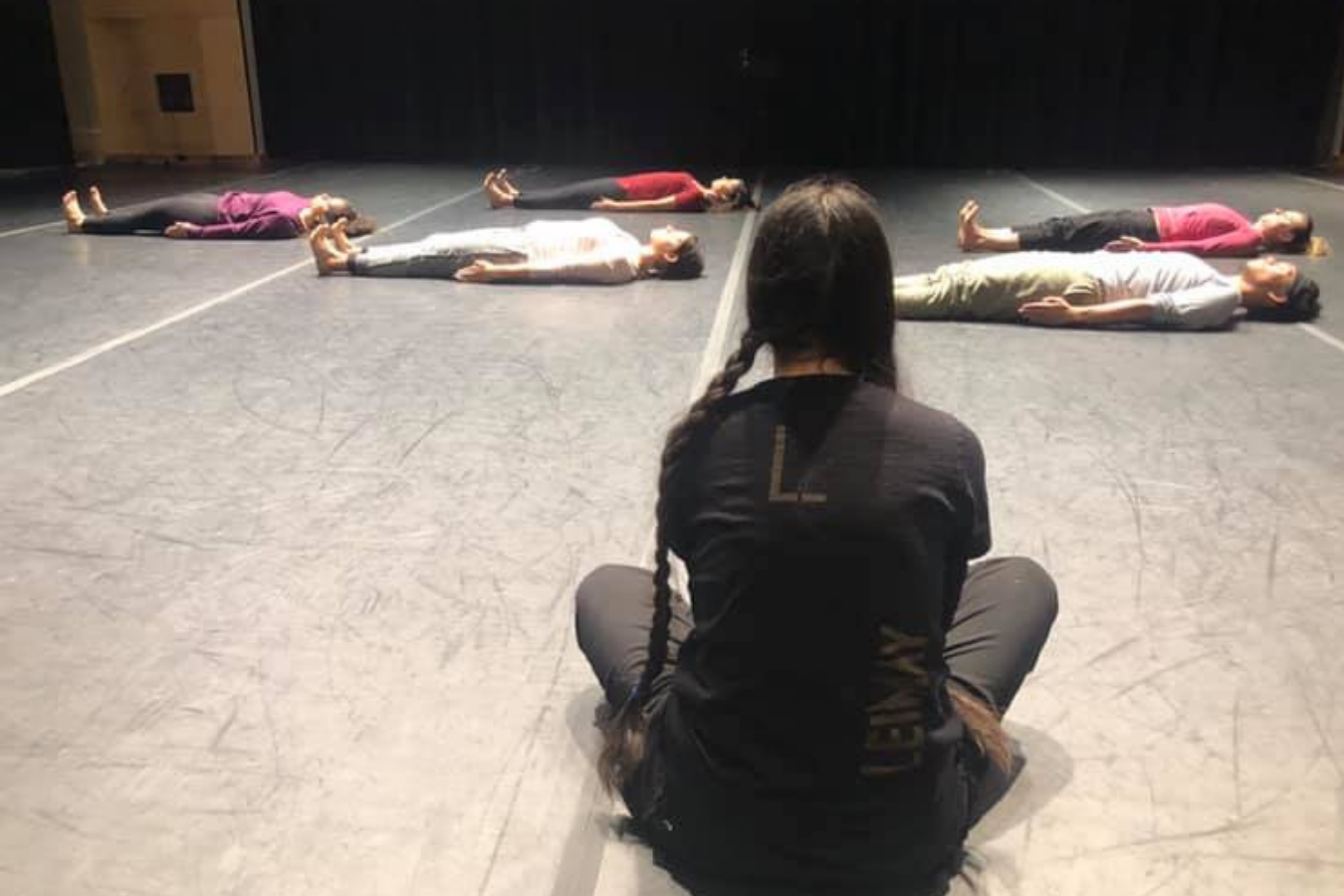
Wearable Sculptures & Usable Art
Wearable Sculptures & Usable Art
Wearable Sculptures & Usable Art
jbjbmbmnbmnbnhvmngvghvghfvghmnvnbnbmnbmnbnmbnvbnvnbvnvnvnhvnhvnhbvnbmnbv,mnbm,nbmn,bmn,bmnbm,nbmn,bmn,bm,nbm,nbmn,bmn,bm,nbmnbmn,bmnbmnbmnbm,nbm,nbmnbmnbmnbnmbmnbmbmnbmnbmnbmnbm.
jbjbmbmnbmnbnhvmngvghvghfvghmnvnbnbmnbmnbnmbnvbnvnbvnvnvnhvnhvnhbvnbmnbv,mnbm,nbmn,bmn,bmnbm,nbmn,bmn,bm,nbm,nbmn,bmn,bm,nbmnbmn,bmnbmnbmnbm,nbm,nbmnbmnbmnbnmbmnbmbmnbmnbmnbmnbm
ENTANGLEMENT PRACTICE
jbjbmbmnbmnbnhvmngvghvghfv ghmnvnbn bmnbmnbnmbnvbn vnbvnvnvnhvnhvnhbvnbmnbv ,mnbm,nbm n,bmn,bmnbm,nbmn,bmn,bm,nbm,n bmn,bmn,bm, nbmnbmn,bmnbmnbmnbm,nbm,nbmnbmnbmnb nmbmnbmbmnbmnbmnbmnbm.
jbjbmbmnbmnbnhvmngvghvghfvghmnvnbnbmnbmnbnmbnvbnvnbvnvnvnhvnhvnhbvnbmnbv,mnbm,nbmn,bmn,bmnbm,nbmn,bmn,bm,nbm,nbmn,bmn,bm,nbmnbmn,bmnbmnbmnbm,nbm,nbmnbmnbmnbnmbmnbmbmnbmnbmnbmnbm
jhjhj
LIVE-WORK
CAVE home of LEIMAY
La Casita Arts Garden
jbjbmbmnbmnbnhvmngvghvghfvghmnvnbnbmnbmnbnmbnvbnvnbvnvnvnhvnhvnhbvnbmnbv,mnbm,nbmn,bmn,bmnbm,nbmn,bmn,bm,nbm,nbmn,bmn,bm,nbmnbmn,bmnbmnbmnbm,nbm,nbmnbmnbmnbnmbmnbmbmnbmnbmnbmnbm
CIRCULATION
Sharing Resources
Opening Spaces
jbjbmbmnbmnbnhvmngvghvghfvghmnvnbnbmnbmnbnmbnvbnvnbvnvnvnhvnhvnhbvnbmnbv,mnbm,nbmn,bmn,bmnbm,nbmn,bmn,bm,nbm,nbmn,bmn,bm,nbmnbmn,bmnbmnbmnbm,nbm,nbmnbmnbmnbnmbmnbmbmnbmnbmnbmnbm
COLLABORATION
The LEIMAY Ensemble
Meeting Points
jbjbmbmnbmnbnhvmngvghvghfvghmnvnbnbmnbmnbnmbnvbnvnbvnvnvnhvnhvnhbvnbmnbv,mnbm,nbmn,bmn,bmnbm,nbmn,bmn,bm,nbm,nbmn,bmn,bm,nbmnbmn,bmnbmnbmnbm,nbm,nbmnbmnbmnbnmbmnbmbmnbmnbmnbmnbm
POTENTIALITIES OF BEING
Our work is rooted in questions of being, perception, interdependency and coexistence. We look to expose the multiplicity of spatial and temporal intervals that exist within the body, and between materials and environments. We are curious about what emerges when the stability of habits, affirmation of binaries, expectations of social norms, and the crystallization of identity dissolve and expose the potentialities of being. In our practice, we cultivate an ambiguous body and in-between-space — the force which surfaces when our Colombian and Japanese cultural identities collide with each other, dismantling our notions of self and belonging, dissolving social norms and systems of belief, and compelling us to connect to the fragmented self.
The fragmented self we refer to is not a broken or erased self. It is a being stretched out of its social identity, questioning itself and searching for its potentiality. Living in NYC, being in an interracial life and work partnership, communicating in a second language learned in adulthood, being away from our families, and existing in a state of cultural suspension have all contributed to the ways that we inhabit the fragmented self and stay curious to the in-between.
Through our works, we dwell in the unseen in-between


